10 Best Herbal Teas For Feverish Feeling
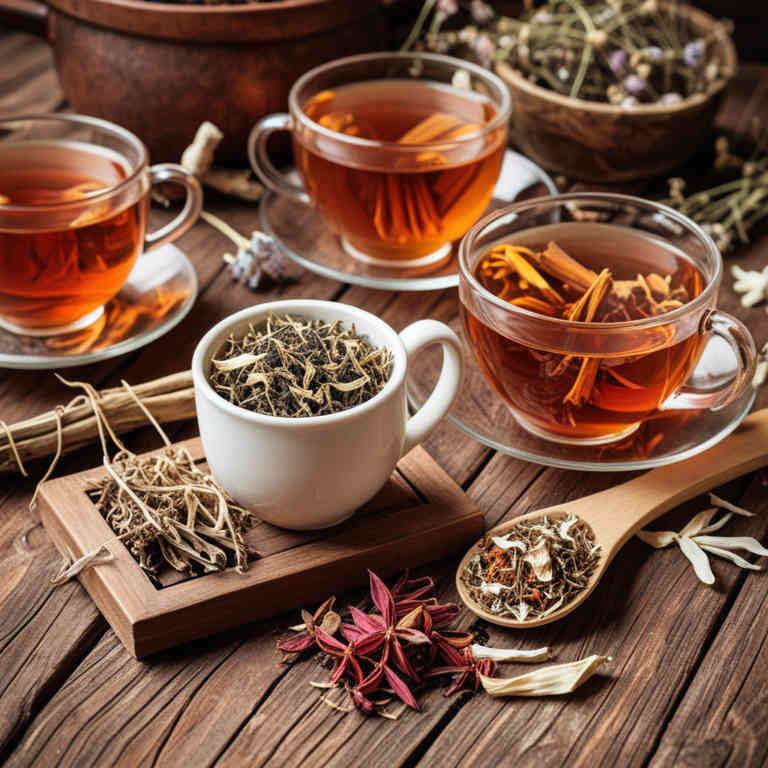
Herbal teas can be a natural and soothing remedy for a feverish feeling, offering gentle relief without the side effects of pharmaceutical medications.
Common herbs such as peppermint, ginger, and echinacea are often used in teas to help reduce body temperature and promote sweating, which can aid in lowering a fever. These teas also have calming properties that can help ease the discomfort associated with a fever, such as chills and restlessness. Additionally, staying hydrated is crucial when dealing with a fever, and herbal teas can contribute to fluid intake while providing additional health benefits.
However, it is important to consult with a healthcare professional, especially if the fever is high or persistent, to ensure proper care and treatment.
FREE Herb Drying Checklist
How to make sure every batch retains maximum flavor, color, and aroma without the risk of mold or over-drying. Eliminate guesswork and trial-and-error, making herb drying faster, easier, and more efficient every time.
Table of Contents
1. Echinacea purpurea
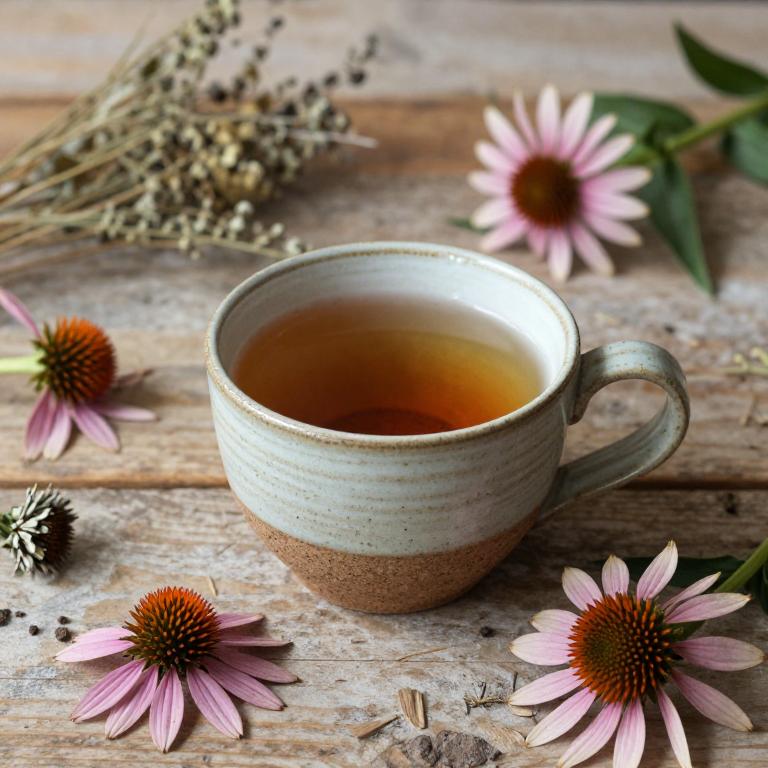
Echinacea purpurea, commonly known as purple coneflower, is a popular herbal remedy often used to support the immune system and alleviate symptoms of colds and flu.
When brewed into a tea, echinacea may help reduce a feverish feeling by promoting sweating and supporting the body’s natural defenses. It is believed to have anti-inflammatory and antioxidant properties that can soothe the body during illness. However, it is important to consult a healthcare professional before using echinacea, especially for individuals with allergies or those taking other medications.
While some people find relief from a feverish sensation with echinacea tea, its effectiveness can vary, and it should not replace medical treatment for persistent or high fevers.
2. Thymus vulgaris
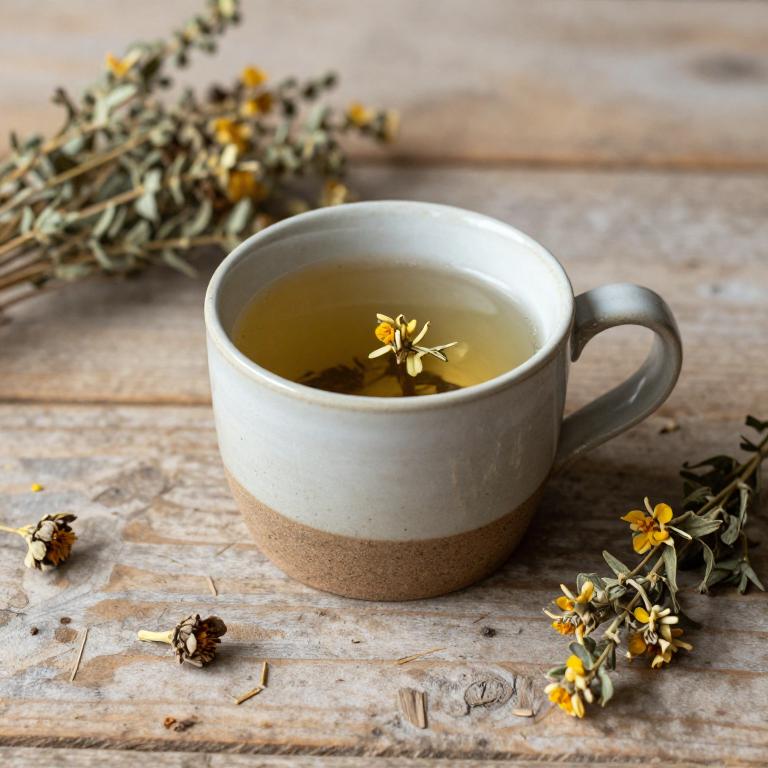
Thymus vulgaris, commonly known as thyme, is a popular herb used in herbal teas to alleviate symptoms associated with a feverish feeling.
The essential oils in thyme, particularly thymol, have antimicrobial and antiseptic properties that may help reduce inflammation and support the body's natural defenses. When brewed into a tea, thyme can promote sweating, which may help lower body temperature and ease discomfort caused by a fever. It is often combined with other herbs like ginger or lemon to enhance its warming and soothing effects.
However, it is important to consult a healthcare professional before using thyme tea, especially for those with chronic conditions or during pregnancy.
3. Salvia officinalis
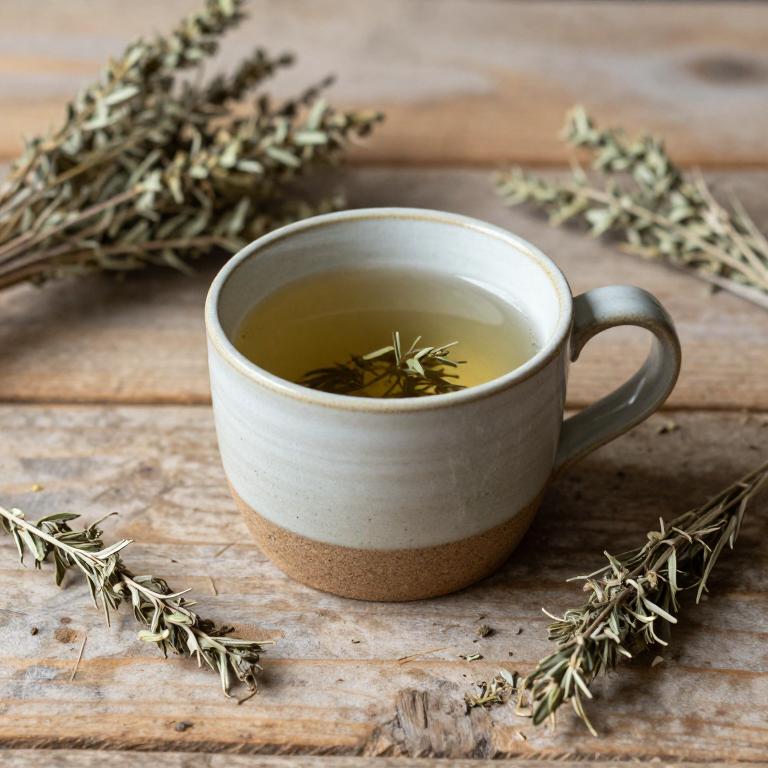
Salvia officinalis, commonly known as sage, has been traditionally used in herbal teas to alleviate symptoms associated with a feverish feeling.
The plant contains compounds such as thujone and flavonoids, which may help reduce inflammation and support the body’s natural healing processes. Drinking sage tea can promote a cooling effect, helping to lower body temperature and ease discomfort during mild fevers. It is often recommended to consume sage tea in moderation, as excessive use may lead to side effects due to its strong medicinal properties.
While sage tea can be a useful complementary remedy, it should not replace professional medical advice for persistent or high fevers.
4. Mentha piperita
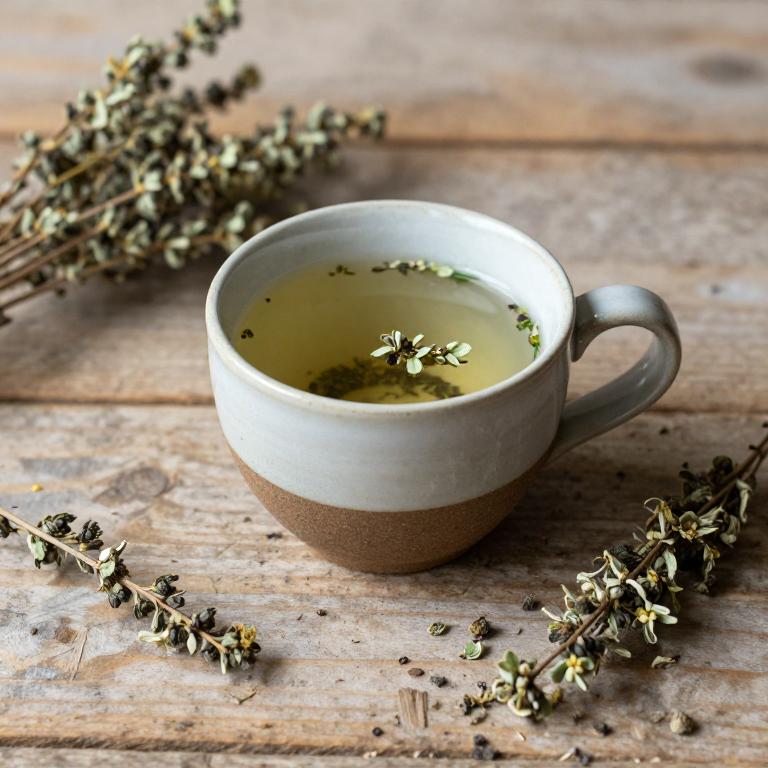
Mentha piperita, commonly known as peppermint, is often used in herbal teas to alleviate a feverish feeling due to its cooling and soothing properties.
The essential oils in peppermint, particularly menthol, help to reduce body temperature and provide a refreshing sensation that can ease the discomfort of a fever. Peppermint tea is also known to stimulate digestion and promote hydration, which can support the body's natural recovery process. It is generally considered safe for most adults when consumed in moderate amounts, though it may interact with certain medications.
Overall, peppermint herbal tea can be a natural and effective remedy for those experiencing a mild feverish feeling.
5. Rosmarinus officinalis

Rosmarinus officinalis, commonly known as rosemary, is a popular herbal tea used to alleviate symptoms of a feverish feeling due to its aromatic and anti-inflammatory properties.
This herb contains compounds like rosmarinic acid and cineole, which may help reduce body temperature and soothe the respiratory system. Drinking rosemary tea can promote sweating, which can help lower body heat and ease discomfort associated with a fever. It is often recommended as a natural remedy to support the body's recovery process during mild fevers.
However, it is important to consult a healthcare professional before using rosemary tea, especially for individuals with underlying health conditions or those taking medications.
6. Hypericum perforatum

Hypericum perforatum, commonly known as St. John's Wort, is traditionally used in herbal teas to help alleviate a feverish feeling by supporting the body's natural cooling mechanisms.
This herb contains bioactive compounds such as hyperforin and hypericin, which may help reduce inflammation and regulate body temperature. When brewed into a tea, it can soothe the body and provide a calming effect, making it a popular remedy for mild fevers and associated symptoms. However, it is important to note that St. John's Wort should not be used as a substitute for medical treatment in cases of high fever or infection.
Always consult with a healthcare professional before using herbal remedies, especially if you are taking other medications or have underlying health conditions.
7. Camellia sinensis
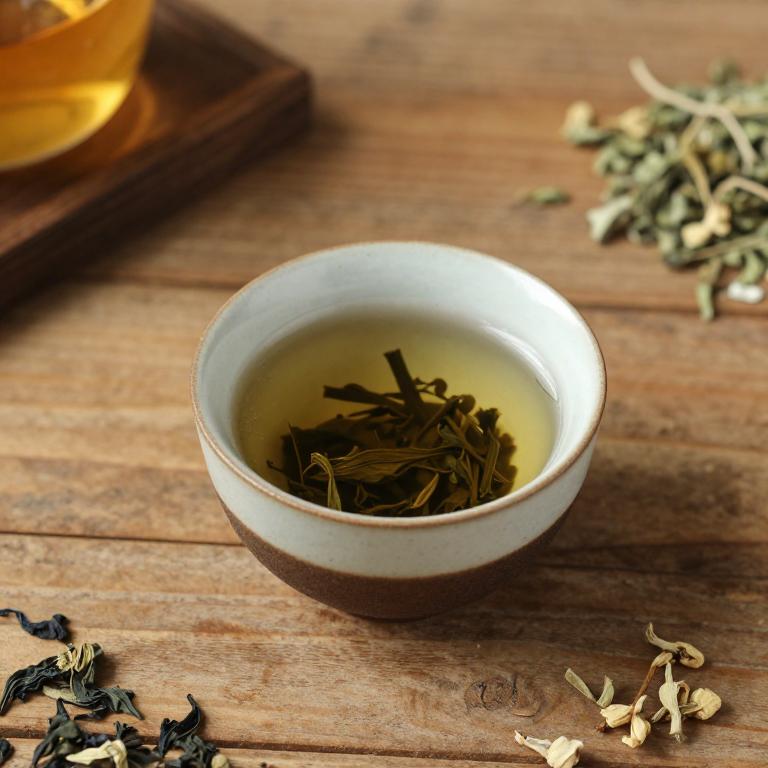
Camellia sinensis, the plant from which green and black teas are derived, contains bioactive compounds such as catechins and caffeine that may help alleviate a feverish feeling by promoting sweating and reducing body temperature.
Herbal teas made from Camellia sinensis are often consumed for their mild diuretic and antipyretic properties, which can support the body's natural cooling mechanisms. While not a substitute for medical treatment, these teas may provide gentle relief by hydrating the body and soothing inflammation. However, individuals with high blood pressure or sensitivity to caffeine should use them with caution.
Overall, Camellia sinensis herbal teas can be a comforting remedy to support recovery during mild fevers.
8. Urtica dioica
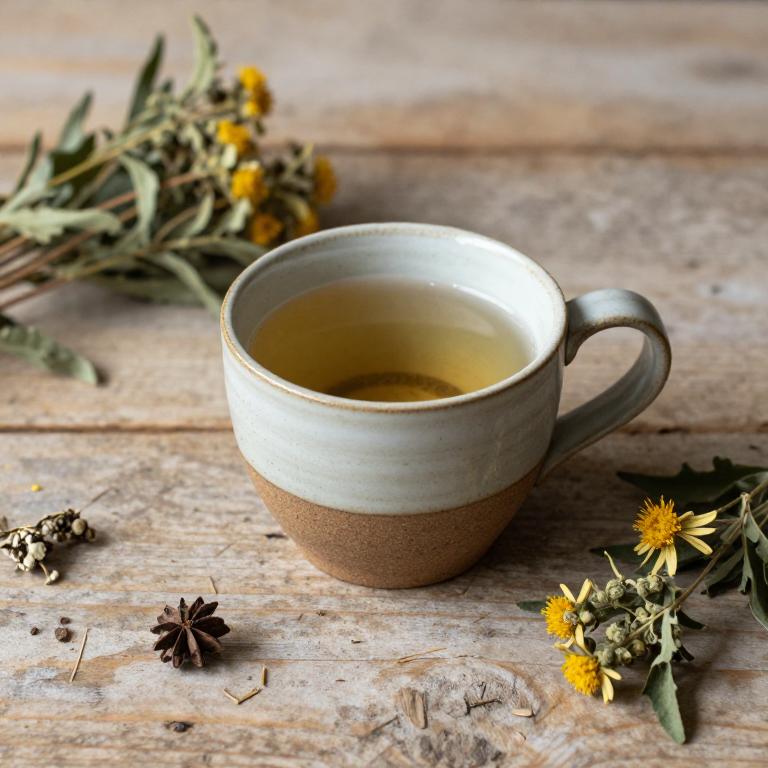
Urtica dioica, commonly known as stinging nettle, is often used in herbal teas to alleviate a feverish feeling due to its cooling and detoxifying properties.
The leaves of this plant contain high levels of minerals and antioxidants that may help reduce internal inflammation and support the body's natural healing processes. When brewed into a tea, stinging nettle can promote sweating, which can help lower body temperature and ease discomfort associated with a fever. However, it is important to consult a healthcare professional before using it, especially for those with kidney issues or during pregnancy.
While it can be a soothing remedy, it should not replace medical treatment for persistent or high fevers.
9. Sambucus nigra

Sambucus nigra, commonly known as the European elderberry, is often used in herbal teas to help alleviate a feverish feeling due to its rich content of antioxidants and anti-inflammatory compounds.
These teas are traditionally believed to support the immune system and may help reduce body temperature by promoting sweating and detoxification. The berries contain flavonoids and vitamins that contribute to their therapeutic properties, making them a popular choice during cold and flu seasons. While sambucus nigra tea is generally considered safe when consumed in moderation, it is important to consult a healthcare professional, especially for those with existing health conditions or who are taking medications.
Overall, this herbal tea can be a comforting and supportive remedy for mild feverish symptoms when used as part of a holistic approach to wellness.
10. Foeniculum vulgare
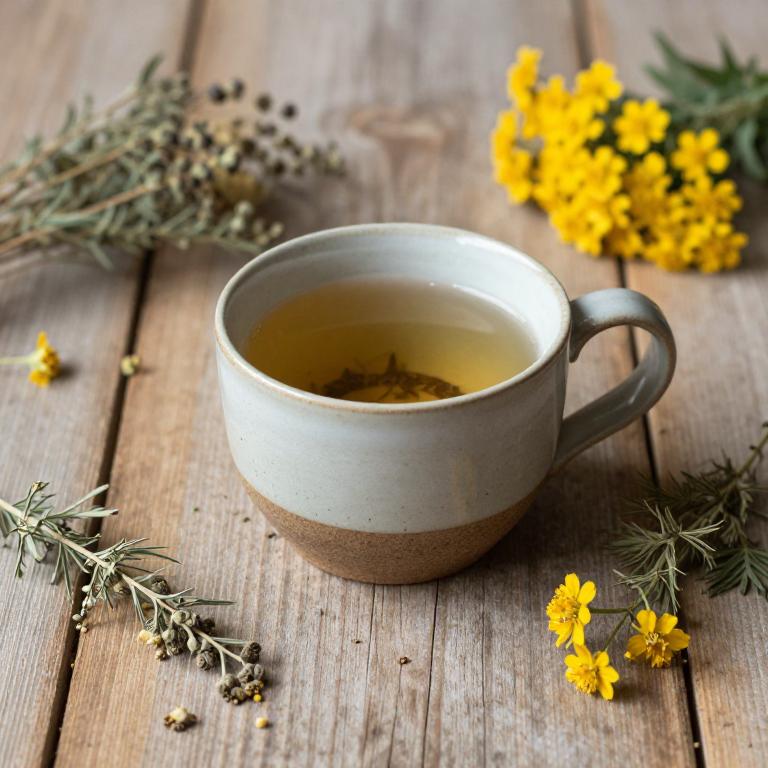
Foeniculum vulgare, commonly known as fennel, is often used in herbal teas to alleviate a feverish feeling due to its mild antipyretic properties.
The tea is made by steeping dried fennel seeds in hot water, allowing the essential oils and volatile compounds to infuse into the liquid. These compounds, such as anethole and fenchone, are believed to help reduce body temperature and soothe the symptoms of a mild fever. Fennel tea is also known for its calming effects, which can help ease the discomfort associated with fever.
However, it is important to consult with a healthcare provider before using fennel tea, especially for prolonged or high fever, as it may not be suitable for everyone.